- Address:
10 Korotkina Street, Shumilino, Vitebsk Oblast, 211259, Belarus
- Phone:
8 (02130) 4-10-45
Copper solids and Marlene Dietrich's dress: an unusual exhibition was opened at the Vitebsk Town Hall
The exhibition at the Vitebsk Town Hall presents items that have been received by the regional museum of local lore over the past five years.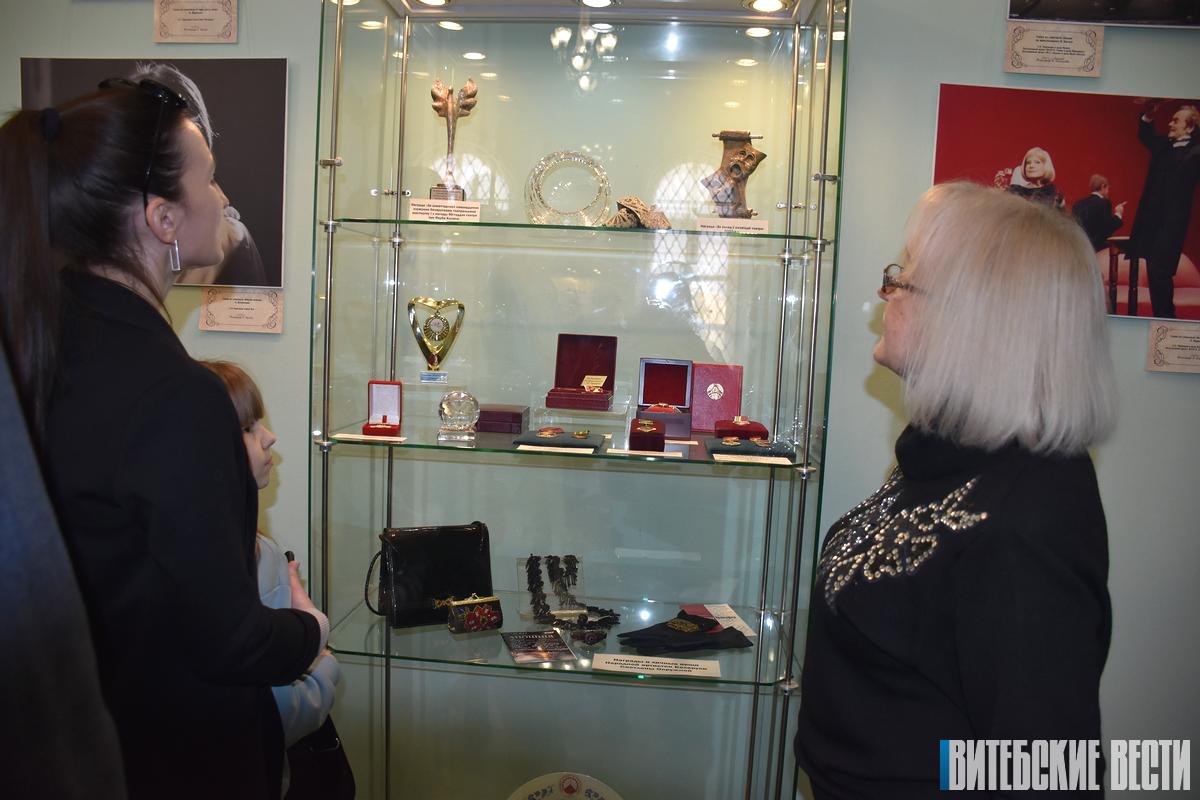
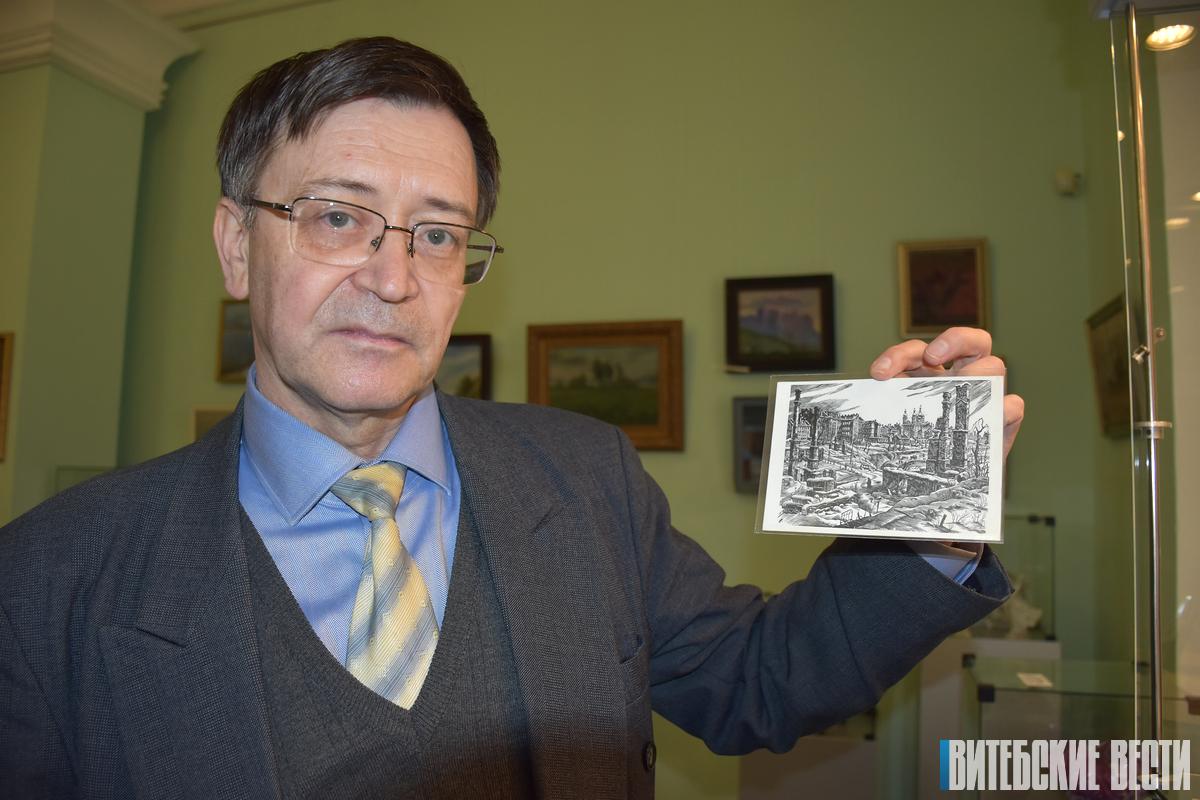
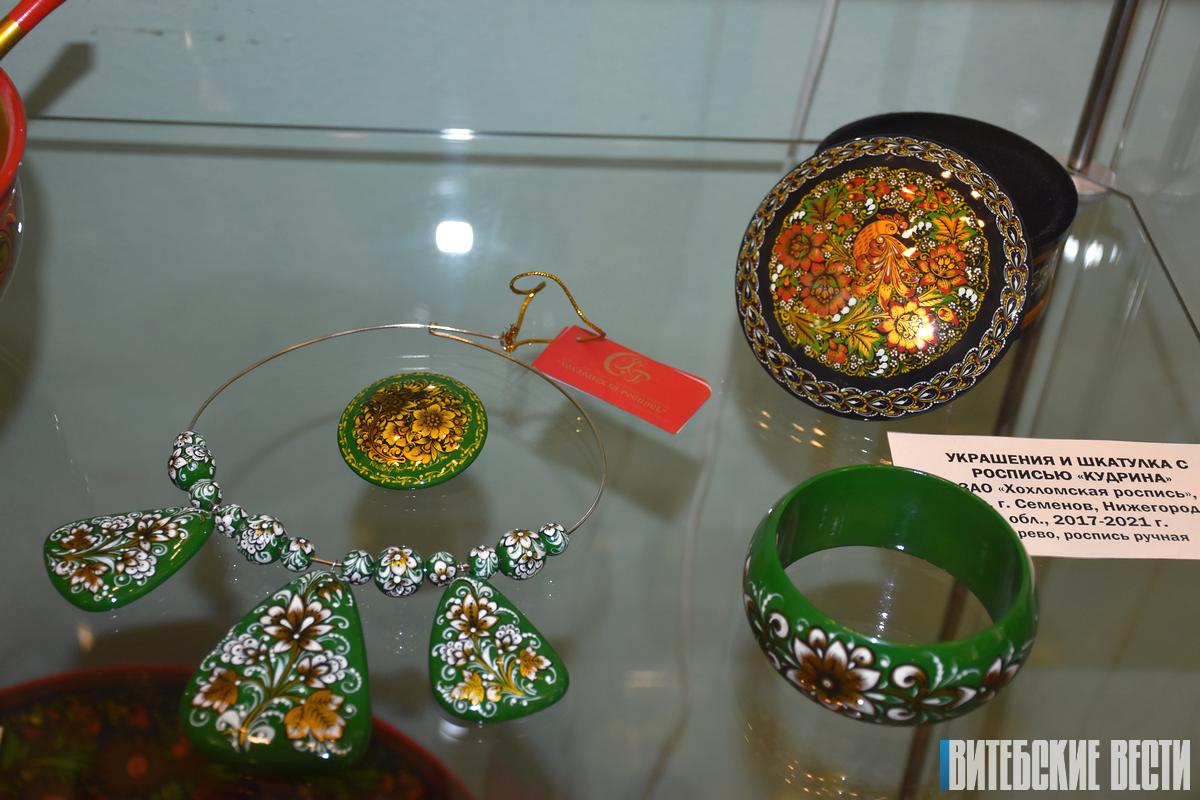
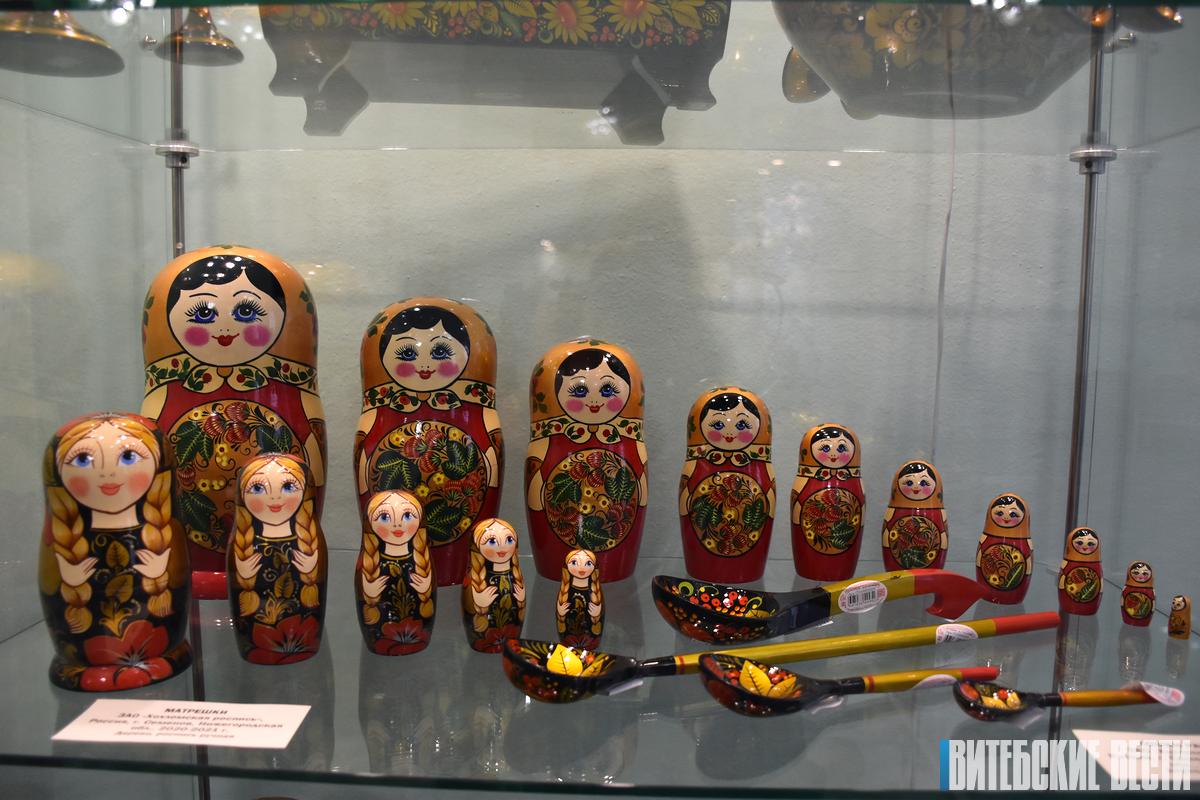
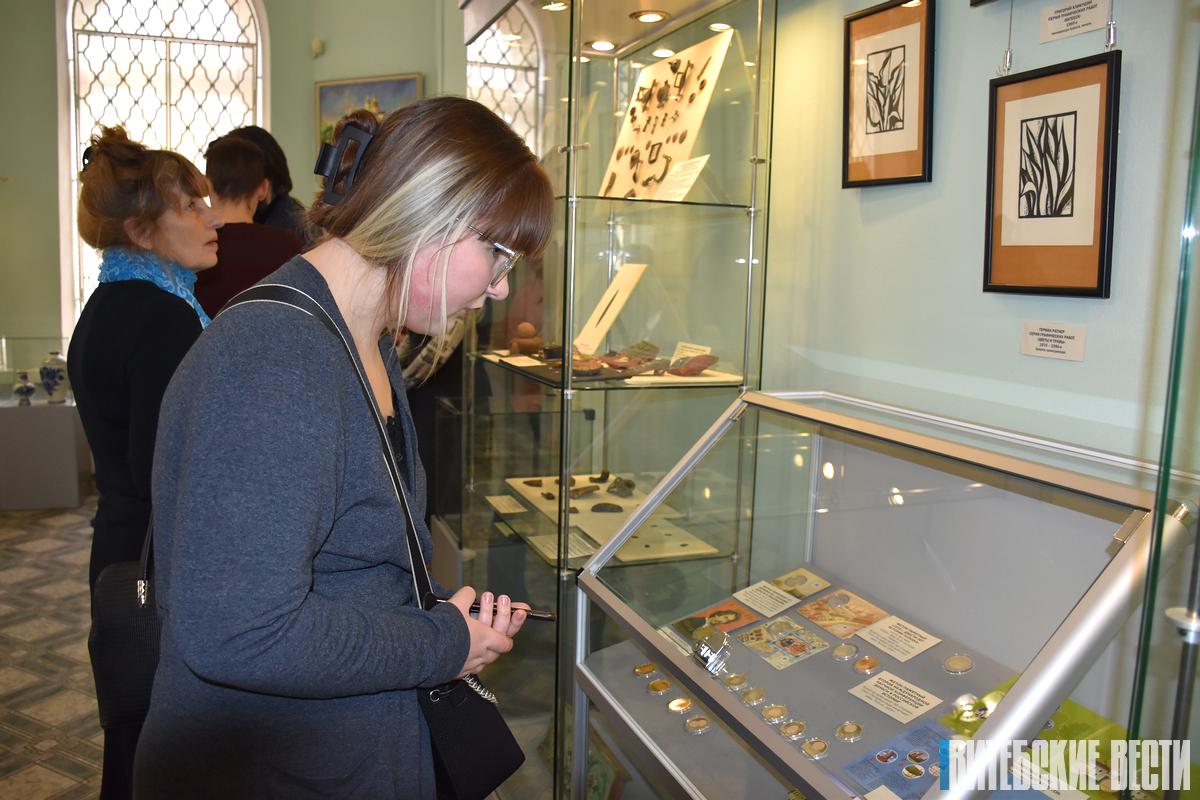
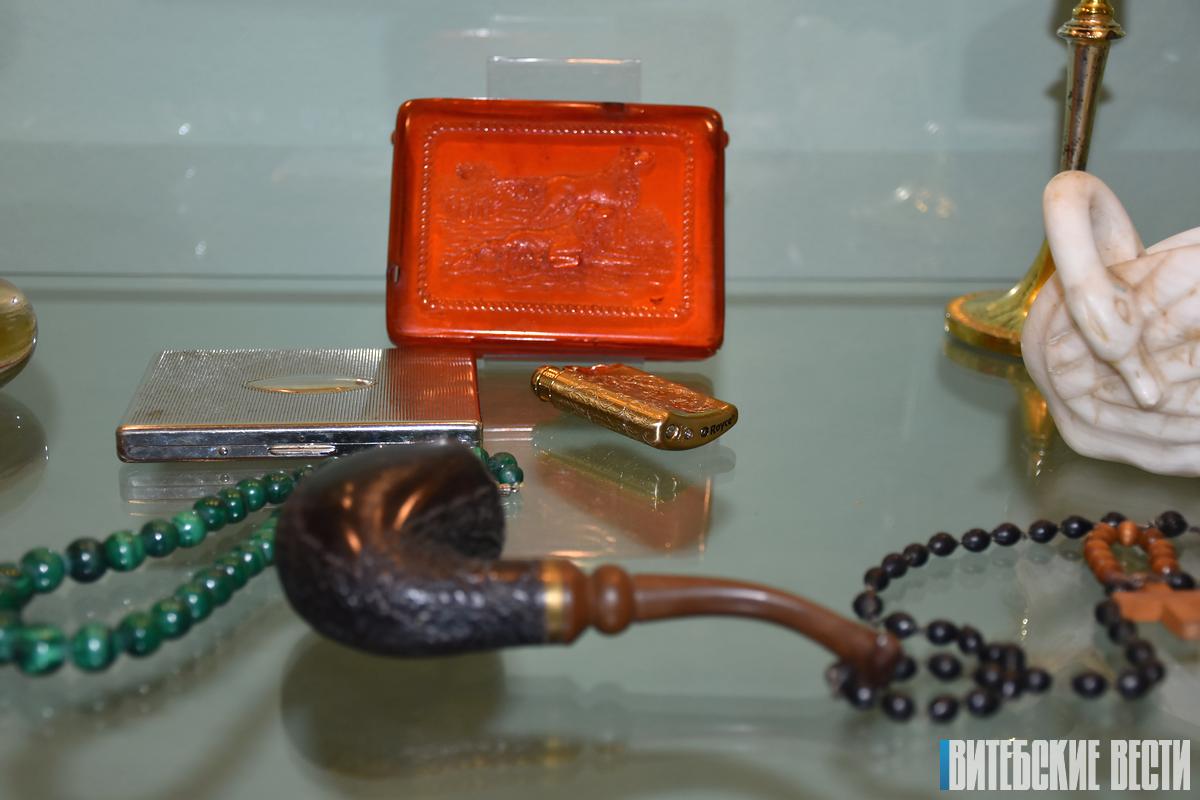
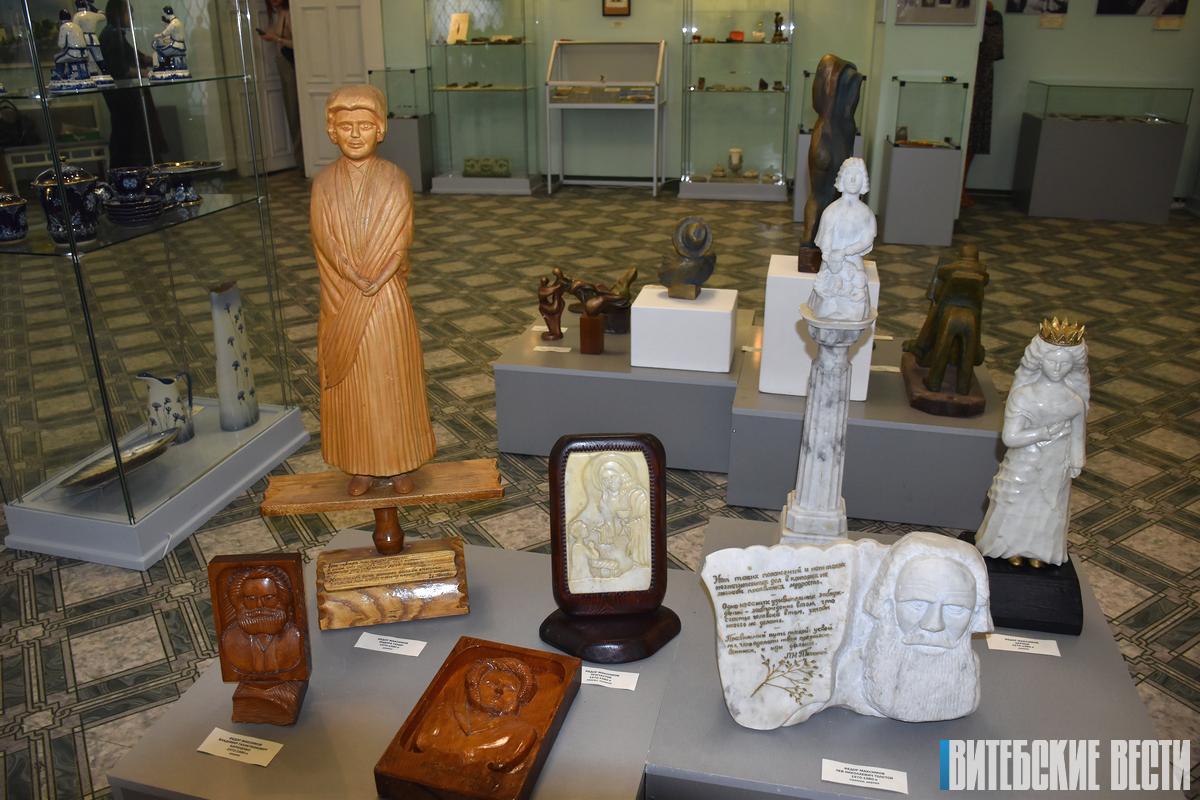
Quite a few objects were discovered right next to the town hall when the site for the installation of the monumental and decorative sculpture “Historical Vitebsk” was being excavated last spring. In particular, they found ancient coins from the reign of Ivan the Terrible, solidi of the Polish-Lithuanian Commonwealth, minted in 1659 - 1668 at the mints of Poland and the Grand Duchy of Lithuania, and ceramics.
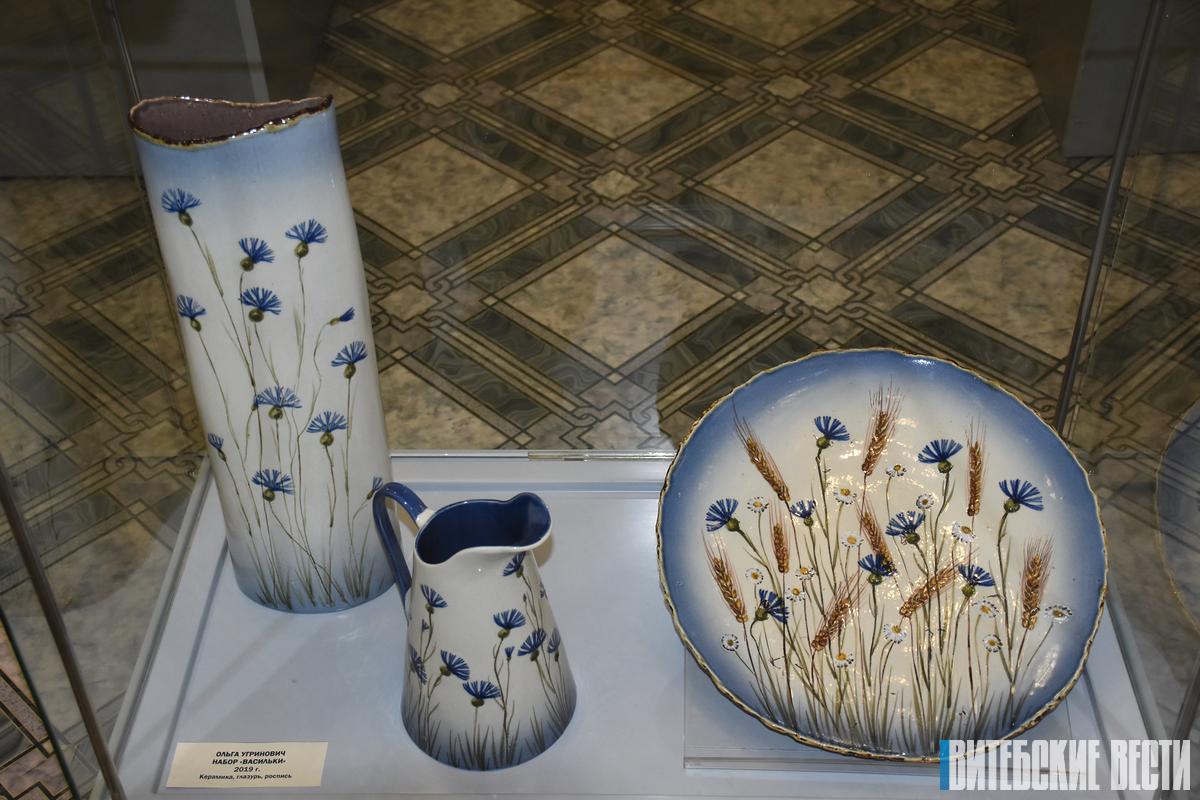
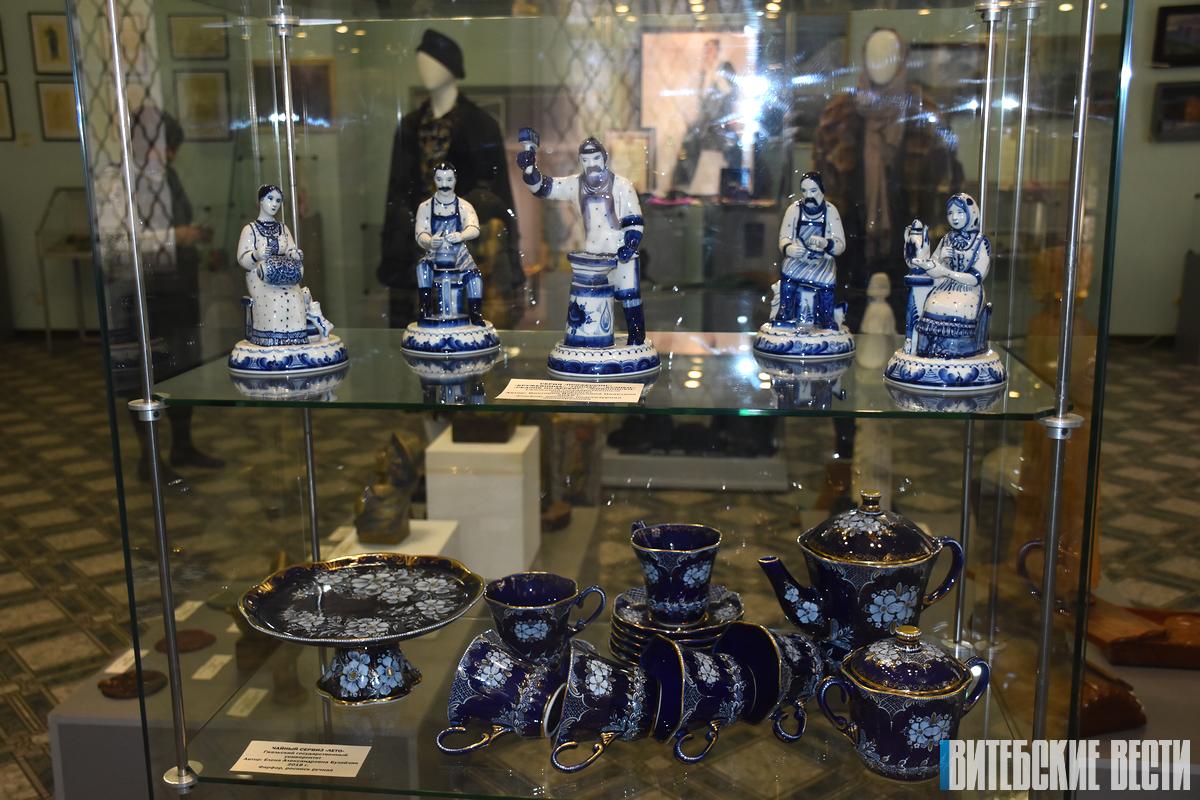
The heirs of the famous archaeologist Leonid Alekseev donated stone tools dating back to the second millennium BC, as well as artifacts of the 12th – 13th centuries found during excavations in Braslav, to the museum funds. Valery Moguchiy, the author of the monument to Marc Chagall in the courtyard of the artist's house-museum, donated a collection of his works. A significant acquisition was the paintings of the artist Fyodor Maksimov, as well as the album of Fyodor Vogt, who taught at the Vitebsk Art College in the 1920s and 1930s, in which personal photographs and graphic works were pasted.
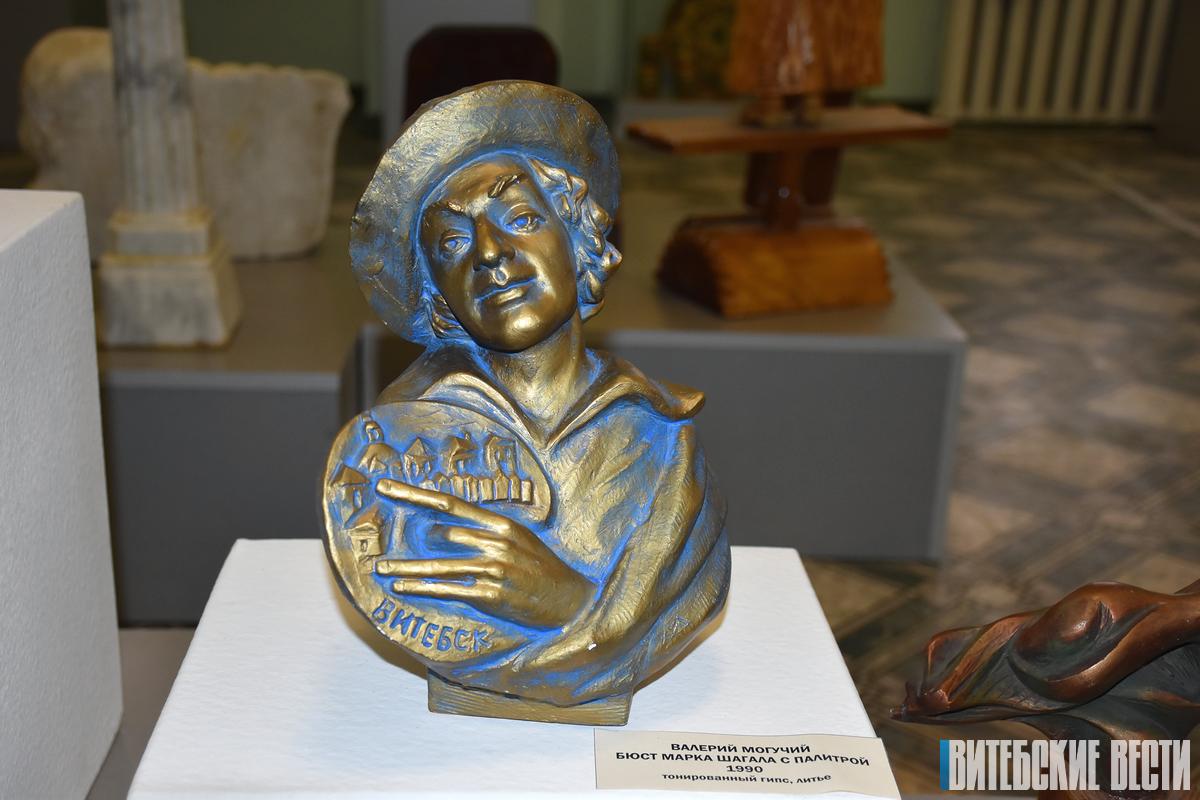
– At the exhibition you can see glass collections from the Neman plant, products from Russian Gzhel and Khokhloma crafts. The organizers of the philatelic exhibition, held in the town hall, presented a complete set of Belarusian stamps issued from 1991 to 2021. Photos taken by the Germans during the occupation were purchased at the auction. These documentary photographs allow you to see Vitebsk of that tragic time. The funds were replenished with a postcard with an engraving by a German artist who depicted the regional center in the first year of the Great Patriotic War, says scientific secretary of the museum Valery Shishanov . A block of materials related to significant dates is presented, in particular the 100th anniversary of UNOVIS, original models of the Vitebsk company “Rada” and a diploma signed by Vyacheslav Zaitsev. Antique lovers will be interested in items dating back to the Stone Age, related to the War of 1812, and a studio camera from the 1880s.
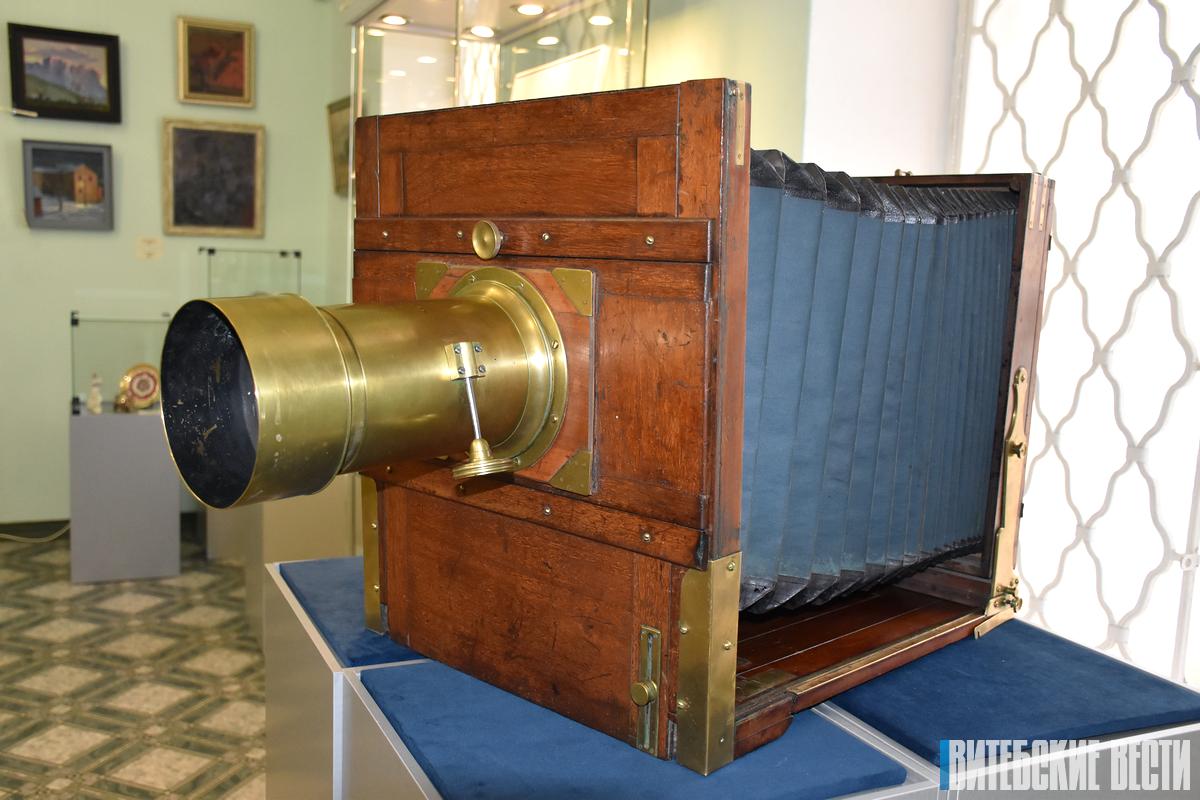
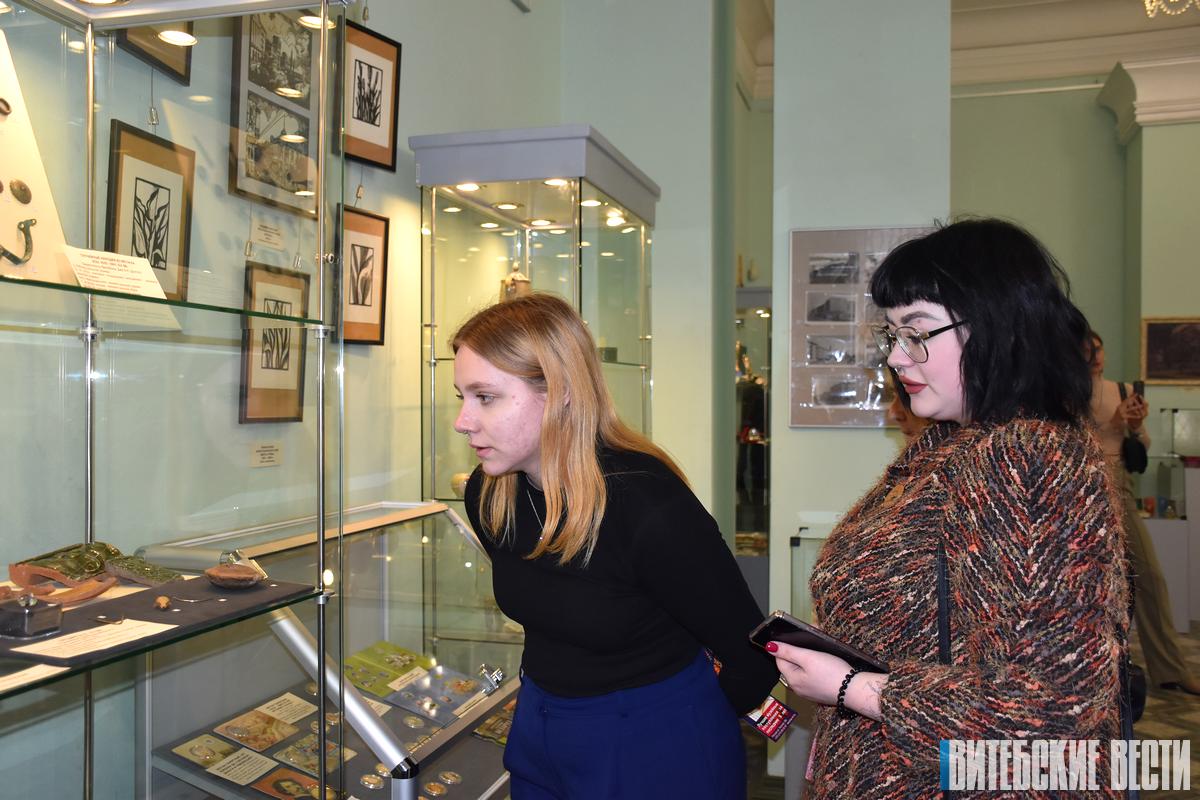
There is also a theater corner at the exhibition. A large collection of items was donated by People's Artist of Belarus Svetlana Okruzhnaya . Among them are personal belongings, photographs, a dress in which the actress played the role of Marlene Dietrich in the play “Marlene... Marlene...” on the Kolasov stage.
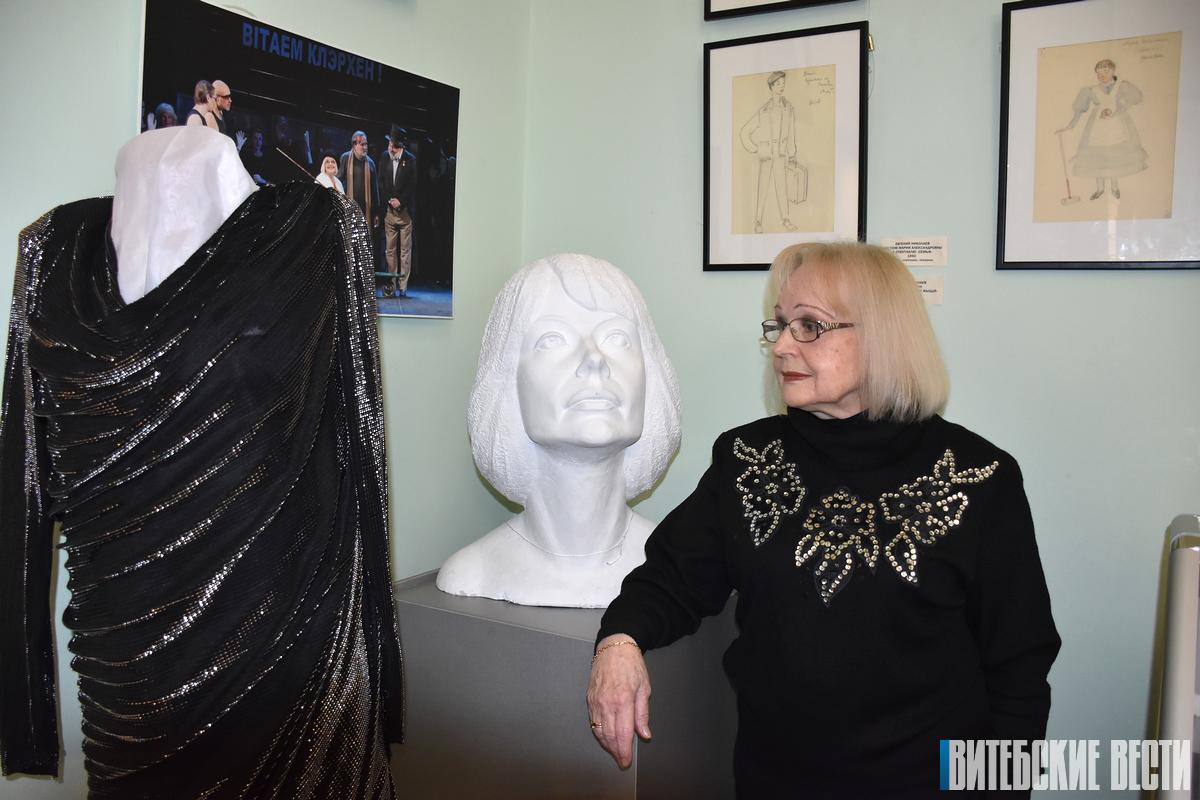
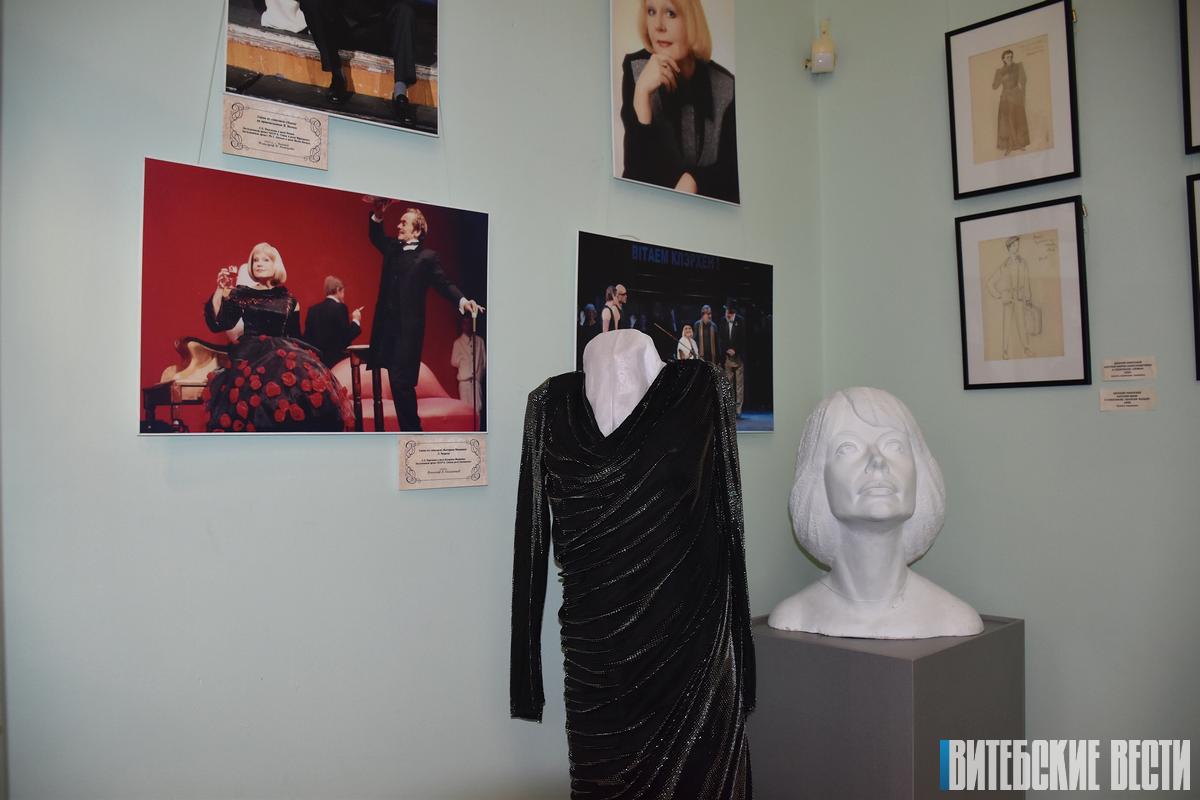
– One of the main tasks of the regional museum of local lore as a custodian of cultural heritage, historical memory, and a research institute is to study and popularize the history of the Vitebsk region, to continue the historical chronicle in modern conditions. The exhibition “Unique Acquisitions” is another step on this difficult and surprisingly interesting path,” emphasized Tatyana Starinskaya. Photo by the author.





